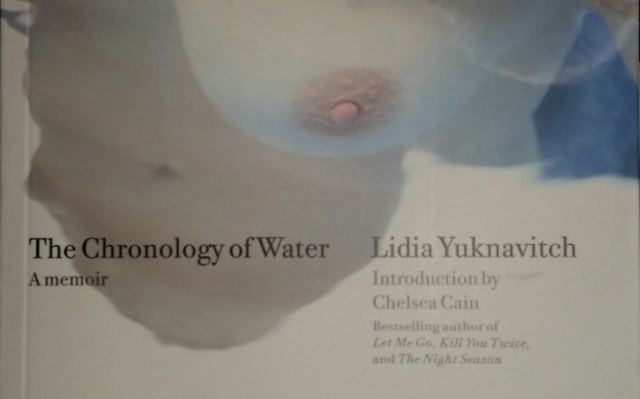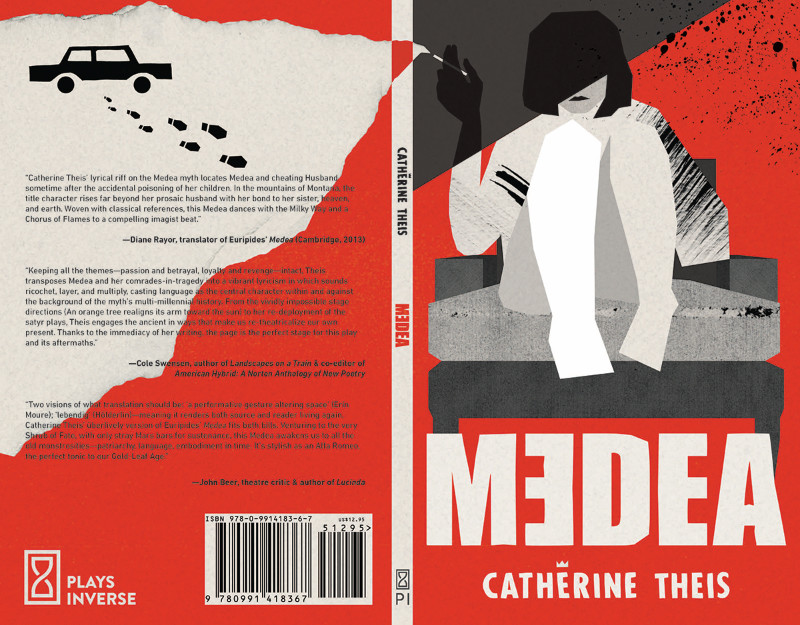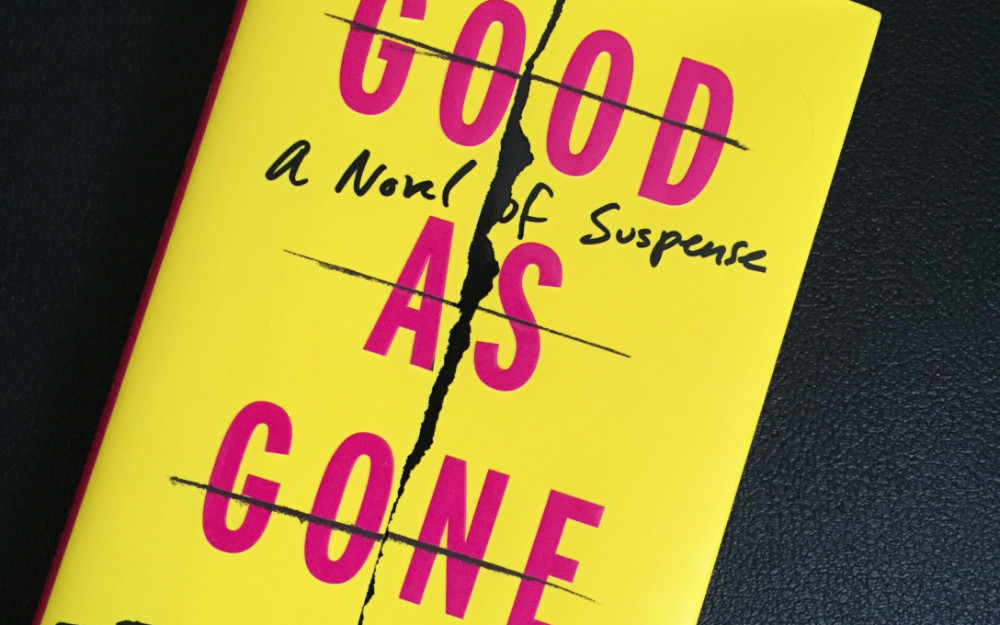
Throwback Book Review: Crash by J.G. Ballard
By Ariel Banayan
When I first picked up J.G. Ballard’s Crash, I did not expect its premise to impact how I see trauma on the body and the suspended concrete freeways that so many drivers like myself love to hate. A quick search online makes the book seem like some perverted Bible. There was an essay of praise from Zadie Smith here, there was a Cronenberg film adaptation there with a fancy award from the Adult Video Network for best alternative adult feature film back in 1996; all these results and more gave me the impression that the 200-page book, with an innocent blue cover and calm drawing of a car crash, held some secret, some power that might burn my hand if I held it in my hands for too long. The novel, as told by a fictionalized version of the author himself, begins with a deliberately explosive crash into Elizabeth Taylor’s limousine (she survives, no need for Elizabeth Taylor fans to worry). We learn that the mastermind and driver behind this horrific act is Vaughan, a Charles Manson-esque leader who preaches a new sense of liberation through a deep sexual attraction to violent car crashes; he has just committed this last act of complete “unification” and the narrator feels more stirred than shaken by this explosive feat.
To make things clear, Vaughan, as well as the other “thrill” seekers, do not share the serial-killer mentality found in every true-crime podcast. No, murder and death are pretty much an aftermath for the characters. It’s the mutilation of the bodies being slammed against concrete and metal that becomes their painful yet poetic sense of freedom and vulnerability. That freedom and escape from what we expect to be tidy and clean, in both a physical and psychological sense, becomes the most relevant lesson this 1973 novel offers for contemporary readers: Crash shows how liberating it can be to speed past trauma, and the subsequent cost of achieving that liberation.
The book will send readers like myself into a state of shock and disgust as fluids of every type splatter from organs against a cold, apathetic concrete. There’s even a point in the first chapter where the narrator stares into the pool of blood and vomit from a woman who just finished performing a blowjob in the car after a crash. And yet, Ballard majestically presents it as a hidden revelation or a forgotten cure to our sense of alienation, writing: “in this magic pool, lifting from her throat like a rare discharge of fluid from the mouth of a remote and mysterious shrine, I saw my own reflection, a mirror of blood, semen and vomit, distilled from a mouth whose contours only a few minutes before had drawn steadily against my penis” (16-17). I didn’t feel very well after reading this scene, and not just because of its disgusting castor-oil like description of vomit. I’ve never felt such a visceral sense of disgust mixed with a shocking appreciation for descriptive storytelling. There was nothing else for me to explain. It was a deeply vivid image. I didn’t just witness a disgusting mess of blood, semen, and vomit; I saw a deeper glimpse of Ballard’s insecurities towards the body and its functions within our lonely world of fast cars and concrete freeways. And then I read the rest of the 200-page novel feeling like I witnessed some firework show of blood, concrete, and descriptive writing.
All of these moments, of course, are surprising and gruesome subjects to read. However, after reading certain passages in the book, such as the description of bruises on the face as “outlines of a second personality, a preview of the hidden faces of her psyche which would have emerged only in late middle age,” it’s obvious that this book is a meant to be a mental trip. Whether you’re holding the corners of the book while wearing surgeon gloves or clenching its pages a bit too close to your face, Crash is an experience and a revelation. Lights flash as angelic beams signaling salvation. Bodies are kissed and scars are caressed like secret hickeys. Concrete will never look or feel the same again.
Author Biography
Ariel is Anastamos’s copy editor and the co-host for the reading series, Write to Read. He received a B.A. in English from UCLA in 2017. You can follow him on twitter @tiesto_eliot.





